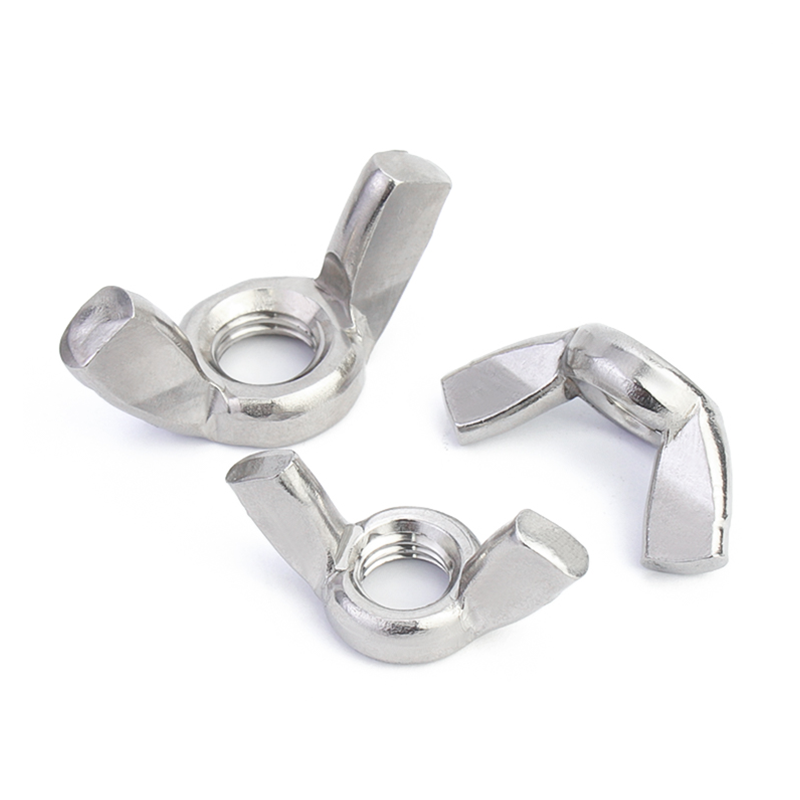

Different Varieties of Nuts and Bolts Used in Construction and Assembly
Dic . 01, 2024 14:05 Back to list
Different Varieties of Nuts and Bolts Used in Construction and Assembly
Understanding the Different Types of Nut and Bolt A Comprehensive Guide
Nuts and bolts are essential fasteners used in a myriad of applications, from construction and manufacturing to everyday household items. Despite their simple appearance, they come in various types, each serving different purposes and industries. Understanding the different types of nuts and bolts can help in selecting the right components for your project, ensuring durability and effectiveness.
What are Nuts and Bolts?
A bolt is a fastener with a head on one end and a threaded shaft on the other, designed to be used with a nut. Nuts are hexagonal or square blocks with a hole in the center, internally threaded to match the external threads of the bolt. Together, they create a secure fastening system.
Common Types of Bolts
1. Hex Bolts These are one of the most widely used types of bolts. Characterized by their hexagonal heads, they are often used with a washer and a nut. Due to their ability to tolerate high levels of stress and their straightforward installation process, hex bolts are popular in construction and automotive applications.
2. Carriage Bolts With a round head and a square neck, carriage bolts are designed to resist turning when the nut is being tightened. They are commonly used in wooden applications, such as connecting two pieces of wood together.
3. Lag Bolts Also known as lag screws, these heavy-duty fasteners are used in wood applications. They have a thick shaft and a pointed tip, making them ideal for fastening wood pieces securely.
4. Machine Bolts These bolts have a flat or rounded head, with threads running along the entire length of the shaft. Machine bolts are often utilized in machinery, where precise and secure fastening is crucial.
5. Shoulder Bolts These feature a cylindrical shoulder that is larger than the threaded portion of the bolt. They are used in applications that require rotation, such as pivot points in machinery.
6. Eye Bolts Designed with a loop or eye at the head, eye bolts are primarily used for lifting materials. They can be threaded or non-threaded and allow for secure anchoring points in various lifting applications.
Common Types of Nuts
1. Hex Nuts These are the most common type of nuts, typically made of metal and hexagonal in shape. They are used with hex bolts to create a strong fastening system.
types of nut bolt

2. Lock Nuts These nuts are designed to resist loosening under vibration. They often feature a nylon insert or a serrated edge, providing additional friction against the bolt.
3. Wing Nuts Wing nuts feature two 'wings' on either side, allowing for easy hand-tightening. They are commonly used in applications where frequent adjustments are necessary.
4. Cap Nuts Also known as acorn nuts, cap nuts have a rounded end that covers the exposed threads of a bolt. They provide a clean finish and protect the threads from damage.
5. T-Nuts These are used in woodworking and applications where the nut needs to be secured to a surface. T-nuts have prongs that dig into the wood, holding them in place.
Choosing the Right Nut and Bolt
When selecting nuts and bolts, several factors must be considered
- Material Nuts and bolts are available in various materials, including steel, stainless steel, aluminum, and plastic. The environment and the application will dictate the best material choice.
- Size and Thread Pitch The diameter, length, and thread pitch must match between the bolt and the nut to ensure a secure fit.
- Coating Some nuts and bolts have coatings such as zinc plating, which provide corrosion resistance. In applications exposed to the elements, this feature is critical to ensure longevity.
- Load Requirements It’s essential to consider the load the nut and bolt will bear. Different types of fasteners are designed to handle varying levels of tension and shear forces.
Conclusion
Understanding the various types of nuts and bolts and their applications is crucial for successful construction, manufacturing, and assembly projects. By choosing the right fastener, you can ensure structural integrity and optimize the efficiency of the assembly. Whether you are a DIY enthusiast or a professional contractor, having a solid grasp of fastener types will undoubtedly enhance your project's outcomes. Always prioritize quality and specifications tailored to your needs, and you'll achieve optimal results in any fastening application.
Latest news
-
Premium Self Tapping Metal Screws: Strong & Easy Install
NewsAug.02,2025
-
Premium Fasteners Manufacturer | AI-Driven Solutions
NewsAug.01,2025
-
Hot Dip Galvanized Bolts - Hebei Longze | High Strength, Corrosion Resistance
NewsAug.01,2025
-
High-Strength Hot Dip Galvanized Bolts - LongZe | Corrosion Resistance, Custom Sizes
NewsAug.01,2025
-
Best Self Tapping Screws for Drywall - Fast & Secure Installation
NewsJul.31,2025
-
High-Strength Hot Dip Galvanized Bolts-Hebei Longze|Corrosion Resistance&Customization
NewsJul.31,2025

